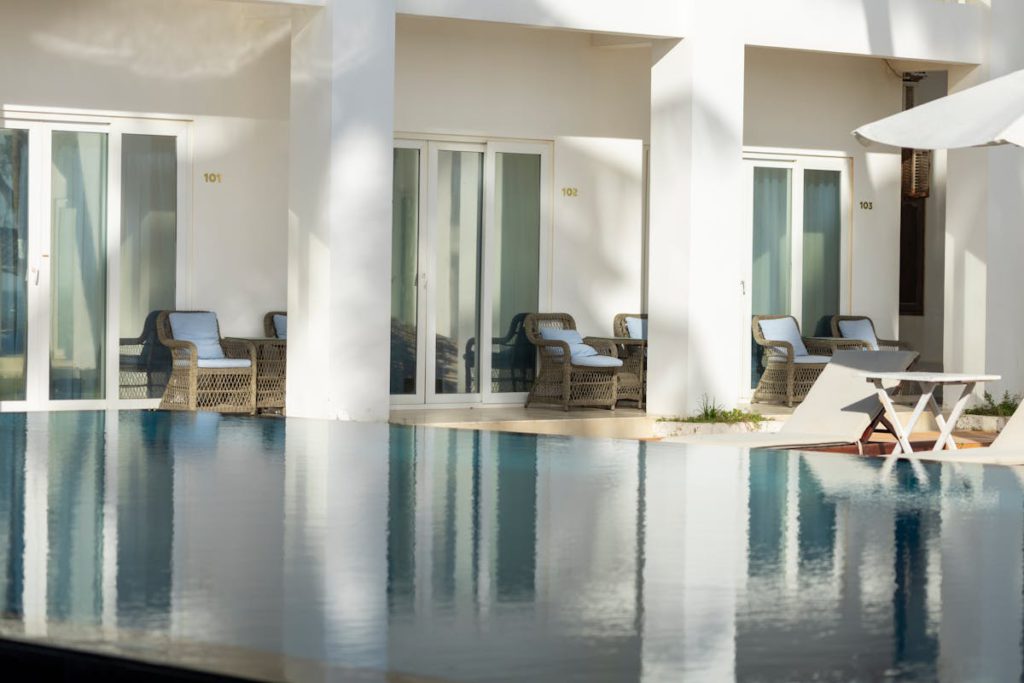Embarking on a master plan for community recreation often begins with dynamic elements like a ninja playground and fitness area to challenge participants of all ages.
Adjacent to this, a well-curated hobby shop provides space for enthusiasts to discover new crafts and expand their interests.
For those seeking social competition, dedicated lounges featuring quality billiards pool cues offer a classic gaming experience.
Such diverse facilities invite users to engage both body and mind, fostering a vibrant atmosphere for learning and leisure.
Understanding Modern Recreational Needs
Today’s users demand more than a single-use space; they want environments that adapt to varied pursuits. Planners must assess local demographics, seasonal patterns and accessibility requirements before deciding on facility mix. Young families may prioritise interactive play structures and craft rooms, while retirees could value quieter hobby corners and lounge areas. By surveying potential users—through interviews, community workshops or online polls—designers gain insight into desired amenities, ensuring that every square metre delivers maximum value and enjoyment.
Creating Multifunctional Layouts
Flexibility is key when space is at a premium. Wide corridors can double as pop-up exhibition zones, while retractable seating transforms auditorium settings into dance studios or lecture halls. Modular furniture on lockable wheels lets room arrangements shift in minutes: rows can become circles for group discussions, or tables can clear to make open-floor exercise areas. Thoughtful zoning—by using partial screens, changes in flooring textures or subtle level shifts—helps define function without erecting permanent walls, allowing the facility to evolve alongside community interests.
Incorporating Active Play and Wellness
Obstacle courses with suspended ropes, balance beams and climbing nets encourage agility and endurance. Complement these with free-weight corners and cardio stations, creating a holistic health hub. Programmable lighting and sound systems set the mood for group fitness classes or after-school programs. Including shower facilities, hydration stations and durable, non-slip surfacing underscores a commitment to user safety and convenience. By blending physical challenges with traditional play, centres foster positive habits that can carry into daily routines.
Fostering Creative Hobbies
A dedicated maker’s nook outfitted with arts supplies, 3D printers and workbenches invites experimentation. Stocking a retail-style craft emporium stocked with fabrics, paints and model kits fuels passion projects and spontaneous purchases. Regular workshops led by local artisans or hobbyists build skills and camaraderie. Display cases or gallery walls showcasing member creations inspire newcomers and celebrate community talent. Comfortable seating, ample task lighting and storage solutions keep the area organised, preventing clutter while enabling continuous creative flow.
Crafting Social Gaming Areas
Casual gaming lounges equipped with card tables, board-game shelves and digital consoles cater to diverse tastes. For cue sports aficionados, robust tables and professional-grade sticks set the stage for friendly matches and tournaments. Incorporating lounge chairs, small side tables and beverage stations makes these zones naturally social. Acoustic paneling reduces noise transfer, preserving a calm atmosphere in adjacent rooms. Rotating leaderboards or digital displays recognise high-scorers, adding a layer of motivation and friendly rivalry to the experience.
Prioritizing Safety and Accessibility
All users—regardless of age or ability—must navigate spaces with confidence. Wide doorways, ramps and tactile wayfinding strips support those with mobility or vision challenges. Equipment should meet relevant safety standards; soft-fall surfaces cushion accidental slips or falls. Emergency exits must be clearly marked, and staff trained in first aid and crowd management. Regular maintenance schedules ensure that climbing nets remain taut, printing equipment functions reliably, and gaming tables stay level. A well-lit environment with ample natural and artificial illumination enhances both safety and user satisfaction.

Integrating Technology Seamlessly
Smart facility management systems monitor occupancy, energy use and security. Sensor-driven lighting conserves power in unoccupied zones, while climate controls adjust based on foot traffic or external weather. Booking software enables users to reserve courts, studios or workstations remotely, reducing administrative overhead. Interactive kiosks provide floor plans, event schedules and wayfinding assistance. Free Wi-Fi and charging stations keep participants connected, making it easy to share their experiences on social platforms and spread the word about new offerings.
Programming and Community Engagement
A dynamic calendar of events sustains long-term interest. Offer regular fitness challenges, maker marathons, intergenerational game nights or themed hobby fairs. Partner with schools, local artists and small businesses to co-host workshops or pop-up markets. Loyalty programs, memberships and birthday-party packages incentivise repeat visits. Solicit feedback after each activity to refine future programming, ensuring relevance and freshness. Engaged communities become advocates, drawing in new members and creating a virtuous cycle of participation.
Sustainable and Future-Ready Design
Use eco-friendly materials—bamboo flooring, recycled-content carpets and low-VOC paints—to minimise environmental impact. Rainwater harvesting for landscape irrigation and solar panels for electricity generation reduce operating costs over time. Design mechanical systems with easy-access panels to streamline future upgrades or repairs. Flexible infrastructure, like oversized conduits or raised floors, accommodates new power, data or ventilation needs as technology evolves. By planning for adaptation now, the facility remains relevant and efficient for decades, delivering ongoing returns on investment.
Conclusion
Designing a successful leisure environment means blending physical activity zones, creative hubs and social gaming areas into a cohesive whole. By listening to user needs, embracing multifunctional layouts and integrating smart technologies, planners can craft spaces that inspire healthy habits, artistic exploration and communal bonding. Prioritising safety, accessibility and sustainability ensures facilities stand the test of time. With thoughtful programming and continual community input, these vibrant centres become more than buildings; they transform into social ecosystems where people of all ages come together to play, learn and grow.

